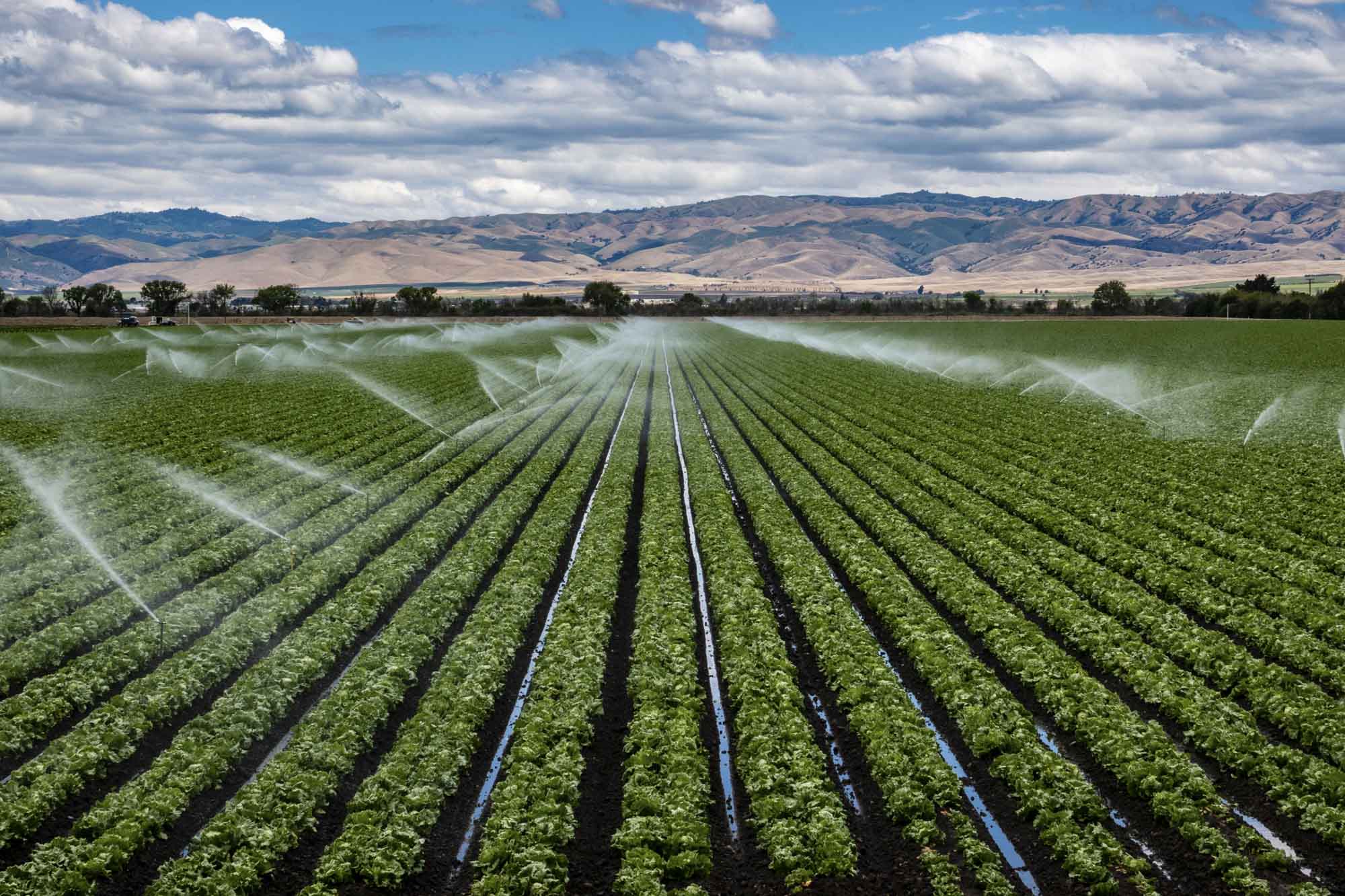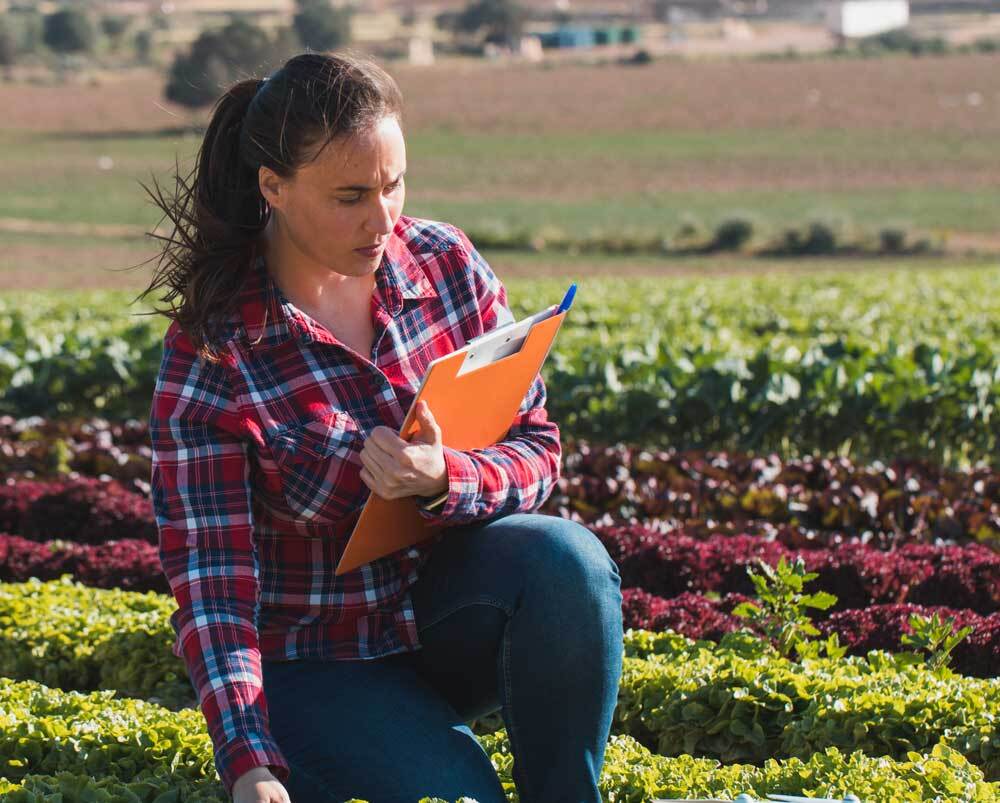OpenET for Water Managers
With reliable and easily accessible ET data, local and regional water managers can gain a more detailed picture of water consumption in their area.OpenET data can be used by water managers to:
- Develop more effective management plans and incentive programs.
- Evaluate water demand and use patterns and inform planning to meet future water needs.
- Co-develop solutions with local communities and water users and take the steps needed to sustainably manage the water supplies for their basin or region.
The OpenET Data Explorer Page provides users a window into the data that can be obtained from the OpenET platform. OpenET has also developed an application programming interface (API), currently being tested in beta for a number of different use cases, that will provide direct and large-scale access to OpenET data for use in various potential management applications.

OpenET for Water Conservation Programs
OpenET data can play an important role in quantifying reductions in consumptive water use from water conservation efforts. Managers can use ET data to measure the water savings of different conservation activities and evaluate their effectiveness, not only in terms of water use but also in terms of financial costs. This ultimately allows managers to identify conservation practices best suited for their region and to match incentives with costs and measured water savings. OpenET can also accurately measure water conservation achieved through “deficit” or partial irrigation, without the need for deployment and maintenance of flow meters to measure water diversions and return flows. This will reduce reliance on “all or none” programs that require fallowing of fields, and instead support expansion of more flexible programs that can meet water conservation targets while sustaining agricultural production and protecting rural economies. OpenET will make it much easier to scale conservation programs that are meaningful, affordable and flexible enough to meet today’s water challenges.
Click here to learn more about how ranchers, NGOs, and academics are exploring the use of OpenET to track water savings from deficit irrigated pasture in Kremmling, CO.

OpenET for Water Accounting
Data from OpenET enables the development and near real-time tracking of more realistic water budgets, leading to better-informed decisions about water allocations and use in a local basin or watershed. For instance, OpenET data has been incorporated into a water accounting platform in one California groundwater district that is now being further developed by the California Department of Water Resources. The accounting platform enables landowners to easily track and manage their water budgets similar to checking a bank account balance online. The district will also use the data in a water trading program to track transactions and determine how much extra water landowners have available to sell to other users in the basin.
Click here for more information on this and other use cases.

OpenET for Rangeland, Forest, and Watershed Management
OpenET can be used by rangeland, forest and watershed managers to help monitor how vegetation management, prescribed fire, and wildfire affects ET and other water budget components. For example, in Arizona, Salt River Project is using OpenET data as inputs to improve their understanding of the impacts of forest vegetation management on the watershed’s water balance.
Click here for more information on this and other use cases.

OpenET as a Common Foundation for Decision-Making
Broadly available ET data based on the best available science provides a common foundation for collaboration and co-development of water management solutions. Importantly, OpenET provides consistent, equitable, and timely access to ET data for water managers, farmers, landowners, conservation organizations, and other local stakeholders, so that the information underlying decision-making is visible and transparent. This helps build trust within the local community and gives landowners and growers the ability to identify any issues with the data before decisions are made.
Click here for an example of how OpenET is simplifying regulatory compliance in California’s Sacramento San Joaquin Delta.
Important considerations when using ET data for water accounting.
As is true for other applications, ET data will often be most powerful when combined with other data and tools. Because ET is only one component of the water balance, in most settings OpenET data will need to be supplemented by other data to properly track the water budget and account for water use and availability.
OpenET provides information on the total amount of water consumed through ET, but cannot identify the water source (i.e. surface water, groundwater, precipitation), applied irrigation depth or volume, irrigation system type, or amount of water returned to the system. In some cases, just tracking ET and consumptive use through time is enough for water accounting applications. For other applications other site specific information is needed.
